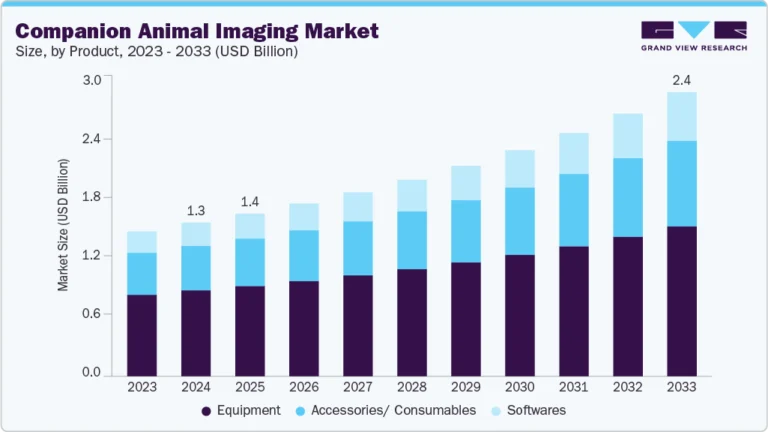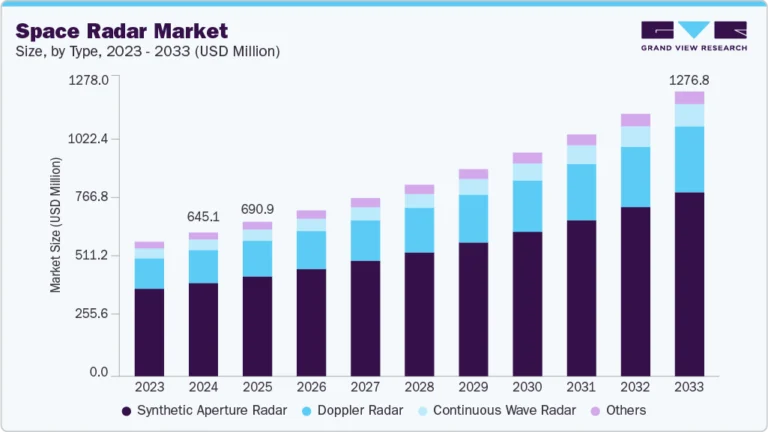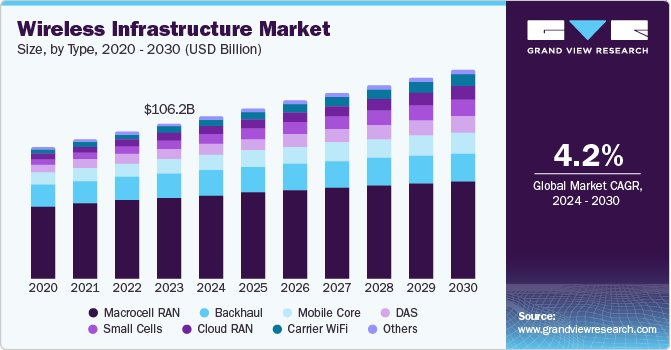Radiation Hardened Electronics Market Size, Share & Trends Analysis growing at a CAGR of 5.7% from 2024 to 2030

The global radiation hardened electronics market size was estimated at USD 1.7 billion in 2023 and is expected to grow at a CAGR of 5.7% from 2024 to 2030. The increasing global demand for electronic products, driven by rising consumer disposable income, is a crucial factor propelling the radiation-hardened (rad-hard) electronics market. The growing interest of consumers for electronic gadgets, and dependable and safe electronics, such as radiation-hardened components are likely to expand growth opportunities in the market.
Request a free sample copy or view report summary: https://www.grandviewresearch.com/industry-analysis/radiation-hardened-electronics-market-report/request/rs1
Continuous research and development efforts in the electronic field contribute to market growth. The focus on enhancing the performance, reliability, and affordability of these specialized components is opening new opportunities in various sectors, including aerospace, defense, nuclear power plants, and healthcare. Ongoing advancements in materials science, design techniques, and testing methodologies are improving the performance and reliability of radiation-hardened electronics. These technological developments make these components more affordable and suitable for various applications.
The increased focus on environmental factors is boosting the use of radiation-hardened electronics. There is a growing need to monitor and minimize radiation exposure in different settings, particularly in North America, where environmental issues are gaining more attention. This increased consciousness drives a higher requirement for electronics that can function efficiently in challenging environments.
Market Concentration & Characteristics
The radiation-hardened electronics industry’s growth stage is medium, and the pace of growth is accelerating. The degree of innovation is high due to the advancements focusing on physical and logical approaches to make chips resistant to ionizing radiation. These innovations are crucial for applications in space and nuclear energy, where radiation poses a significant threat to electronic components, especially in space environments where radiation exposure is high. New generations of radiation-hardened electronics are expected to enhance onboard computing capabilities, autonomy, and artificial intelligence, leading to substantial benefits in space missions.






